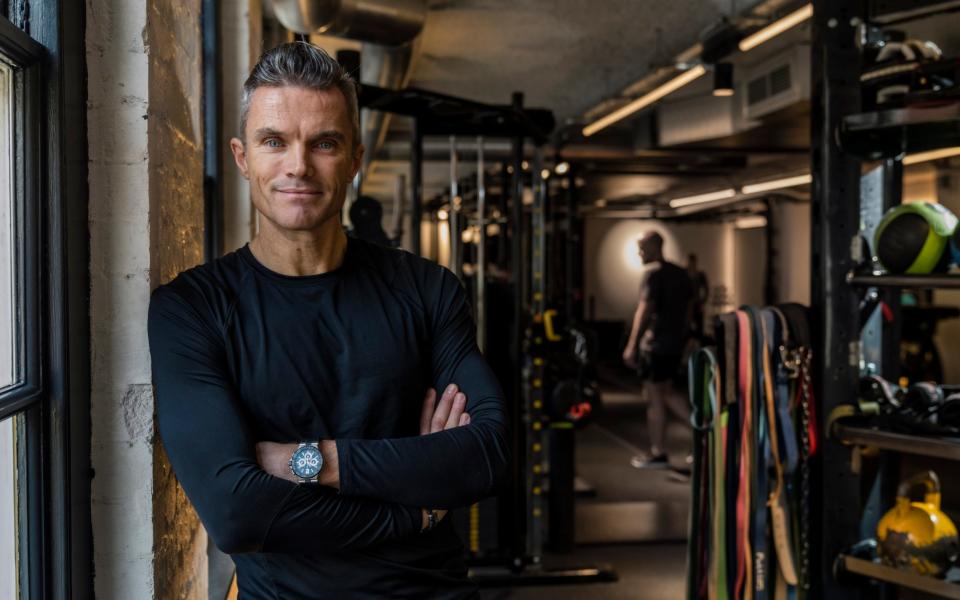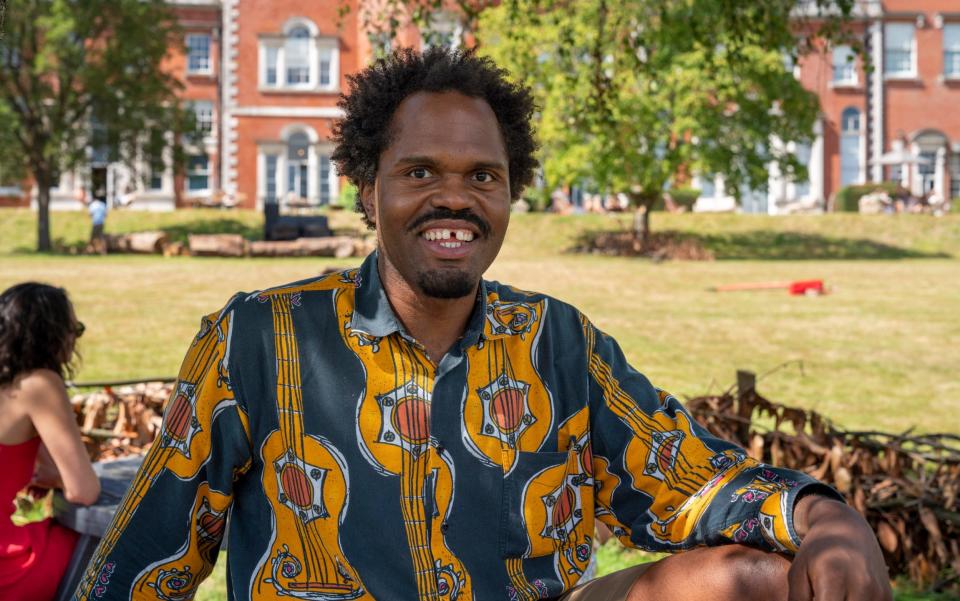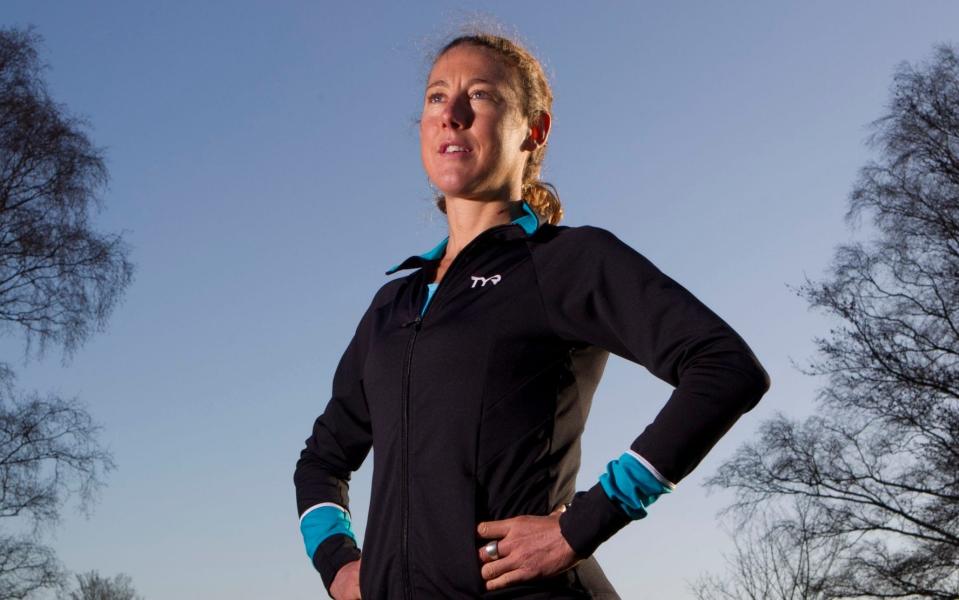Seven fitness hacks that will transform your body

After everything that happened in 2020, can you really blame us for wanting to start fresh – particularly when it comes to our fitness?
But think carefully before you make a huge, and possibly expensive, commitment this January. Studies have shown that fewer than 25 per cent of people actually keep their resolutions after just 30 days.
Better to use 2021 to focus on implementing small changes that are going to make a big difference. We’ve asked fitness experts for their best advice on how to keep it simple...
1. Strengthen your glutes
Matt Roberts, personal trainer

If you haven’t got strong glutes, your legs won't work properly, there will be lack of stability in your body and your core won’t engage as well.
Once you have strong glutes, your overall fitness levels will start to improve. You might also find that you run a little bit faster. This exercise gets more important the older we get.
The classic exercise to try is a weighted glute bridge. Lie on your back with a weight across your hips and raise your body up and down, so you’re extending through the hips while working the glutes really hard. Choose a weight which allows you to do quite a few reps: 15 to 25 reps per set, doing 4-5 sets in total.
2. Introduce a ‘power hour’
Adrienne Herbet, author of Power Hour
Carve out a “power hour” – some time each morning that’s solely for you to focus on your fitness goals. You could go for a run, do some pilates or light cardio, or even go for a walk while listening to a podcast – anything that gets you up and active.
Exercising in the morning is much better than trying to squeeze your workout into your lunch break or after work. If you do a high intensity workout too late, you will have excess cortisol running through your body which can disrupt your sleep pattern.
The power hour isn’t about giving up sleep to get up early, so it’s important that you go to bed earlier too.
3. Switch up long jogs for tempo training
Tyler Williams Green, Founder of the Outrunners Charity

This type of bite-size training will get those lungs working and make it easier for you to run long distances.
Normally, you would go for a jog at a steady pace, with about 50 per cent power. Try pushing up to 80 per cent for one minute, then going back down to 50 per cent.
For first timers, walk for two minutes, then jog for one. You can use trees or lampposts to mark the distances between. When you start finding it easy, make the intervals longer!
4. Exercise while brushing your teeth
Chrissie Wellington OBE, Ironman world champion and global lead for health and wellbeing, parkrun

Why not create a habit out of something that is already second nature, like brushing your teeth?
First, balance on each leg for 20-30 seconds, and progress to doing this with your eyes closed which is a lot harder. Then slowly tighten and release your pelvic floor muscles 8-10 times. Next up are a few squats and lunges. Another effective but simple exercise is to sit with your back against the wall, like you are sitting on an invisible chair with your legs shoulder width part, keeping your thighs parallel to the ground and your feet directly under your knee. Last, do some calf raises by standing flat on your feet, then switching your weight to the balls of your feet and lifting your heels.
5. Move to one song a day
Lucy Wyndham-Read, personal trainer

Why not shake up your exercise routine by putting on one song every day, and getting active to it? It doesn’t have to be dancing; it can be skipping, doing star jumps or even marching on the spot. These movements work multiple muscle groups in a very short period of time and help to improve your cardiovascular fitness by raising your heart rate, improving your balance and maintaining your flexibility. You could create two moves for the chorus and one for the main song.
Music is a great motivator, and most songs are between three-six minutes, which is long enough to fit in a small, but effective, full-body workout.
6. Swap running on the the pavement for beautiful scenery
Jo Pavey, Saucony UK ambassador and wearer of the Saucony Peregrine for all off-road running
When people take up a new fitness routine, they should remember it's about enjoyment; if you love what you’re doing, then you will be much more likely to keep to it. One thing I would recommend is changing up your route to run in beautiful locations. While the treadmill and the track are great for setting targets, a quick burst of nature can do wonders for your mental health.
Start out by slowly exploring parts of your local area. You will be surprised at what is on your doorstep.
7. Keep things dynamic
Jessica Ennis-Hill, former Olympic champion in heptathlon

When you’re short on time and just want to get your workout done, it’s usually your warm-up that goes out the window. And I’m exactly the same. But an effective warm-up doesn’t need to take half an hour. The answer is to incorporate dynamic stretches into your session for a few minutes before you start, rather than the more old-school static stretch.
A static stretch is when you hold a muscle at a point where you feel a stretching sensation for up to 30 seconds and repeat. A hamstring stretch is a good example. In contrast, a dynamic stretch is an active movement, where you move a limb through its range of motion and then repeat. Think arm circles, hip circles, lunges, torso twists and leg swings. The ‘dynamic’ bit comes from the fact that you don’t hold the pose.
While scientists agree that static stretching increases a joint’s range of movement and it’s fantastic after your session, static stretching as a warm-up can diminish your muscle strength and worsen your running and jumping performance. Dynamic stretches, in contrast, expand your blood vessels, which in turn increases oxygen and blood flow to joints and muscles. They increase your range of motion and raise heart rate and muscle temperature – all of which is great for your session and great for your body.
Jessica Ennis-Hill has created a new full-body ‘feel-good’ challenge, blending different workout styles across 30 days in her Jennis app, available to download on iPhone or Android for £14.99 a month

 Yahoo News
Yahoo News 